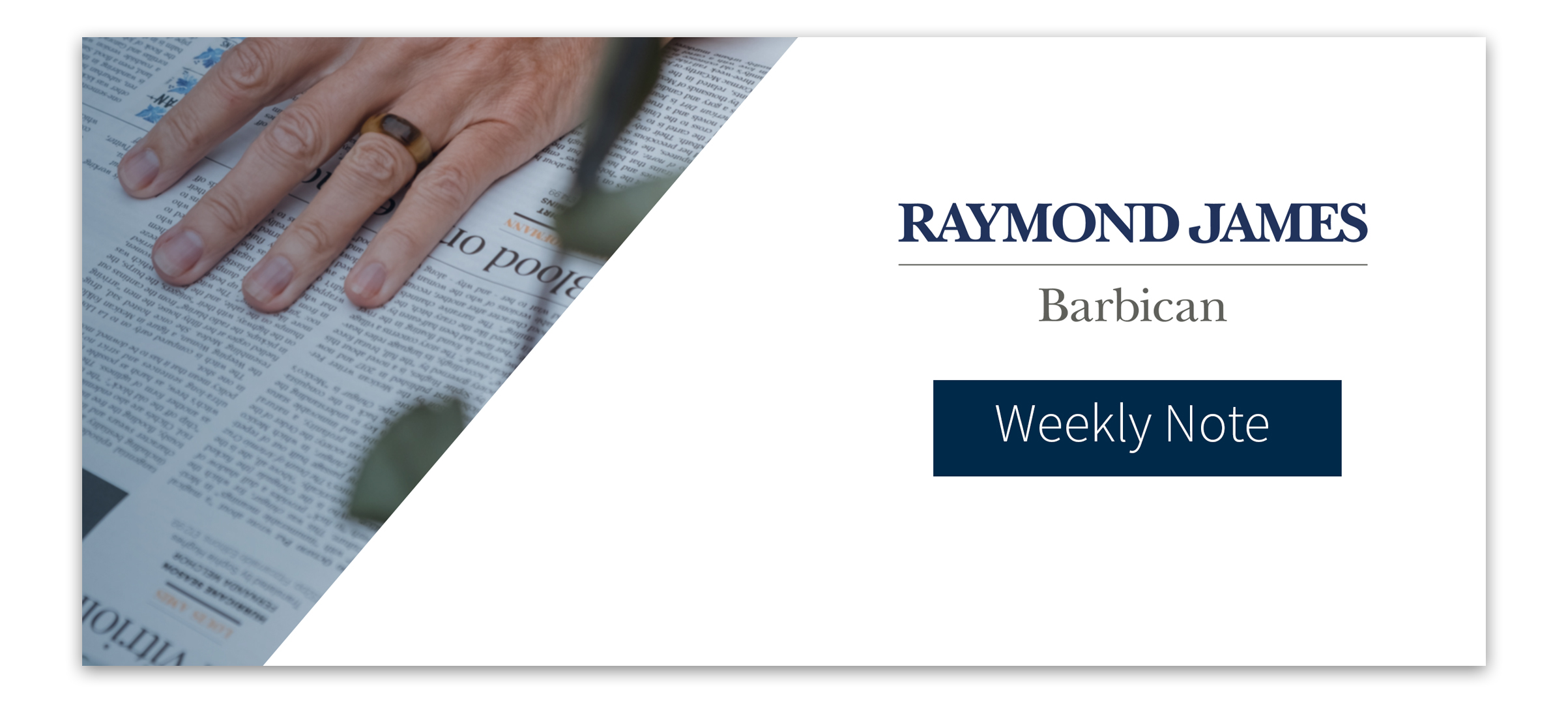Today we enter December, the last month of the year. The origin of the name December can be traced back to the Latin term “Decem”, which means ten, because it was the tenth month of the original Roman Calendar. For investors December has historically been a profitable month, with the so called “Santa Rally” pushing asset prices higher; many will be hoping for Santa to deliver once again.
The festive period seems to be a long way away for Bank of England (BoE) Governor Andrew Bailey, as he spoke earlier this week. Inflation in the UK is currently at 4.6% after a considerable drop in October, however, Mr Bailey has conceded getting inflation to the target of 2% from this point will be “hard work”. A large part of inflation falling has been due to the decline in energy prices, lowering prices at the pump and also importantly household energy bills. However, there are still inflationary pressures in the system which could be difficult for the BoE to crack without negatively impacting the economy and labour market. The impact of higher interest rates continues to bite on households, but market expectation is that we will see rates stay in a restrictive zone until a potential cut in rates early next year.
Rail worker strikes have been a prominent feature this year but are they finally coming to an end? Members of the RMT union have agreed a pay deal, ending an 18- month row. Workers were not just protesting for an increase in wages but for further job security and improved working conditions. Guarantees have been included into the agreement and this may be the catalyst for other train unions to agree deals.
The latest update to Q3 US GDP was released on Wednesday and showed the economy had grown more than initially reported, coming in at 5.2%, boosted by business investment and spending. This is the fastest pace of expansion since Q4 2021, despite the pressure of higher interest rates. The US Federal reserve will certainly look at the results before their next monetary policy meeting this month and may be concerned about “an economy that keeps on rolling”. Despite this, investor odds for a rate cut before May 2024 have increased to 77.1%.
The November Beige book by the US Federal reserve provides an economic outlook on the US economy. The main takeaways from the latest entries were consistent with what we have been seeing in markets. The labour market remains tight, especially for skilled labour, households are displaying greater price sensitivity with the higher interest rate environment, the looming risk of a recession remains, and geopolitical instability remains a key concern.
Last week we reported on the postponement of the OPEC meeting and this Thursday, Saudi Arabia, Russia and other members of OPEC agreed to voluntary oil cuts totalling 2.2 million barrels per day for 2024. The organisation, now in unison, are focused on lowering supply with concerns over weaker global economic growth in 2024 in order to avoid a supply surplus. Brazil will also be the latest country to join the organisation in the new year. Staying with commodity markets, gold is set to remain on track for its second monthly gain, with the price getting very close to its all-time high.
Warren Buffet’s right-hand man, Charlie Munger passed away this week. Once described by Bill Gates as the “broadest thinker I have ever encountered”, the Berkshire Hathaway vice president helped build the conglomerate into the giant it is today. One of his most famous quotes came from the annual meeting in 2017 – “A life properly lived is just learn, learn, learn” as mistakes are vital to becoming a success. He was well respected among his peers and is certainly an investing icon to study.
Temperatures have dropped however our optimism for markets hasn’t as we continue to see data releases strengthen the case for interest rate cuts in the new year. As always we maintain the necessity for diversification within portfolios in order to benefit from market moves, while also aiming to protect portfolios from heightened volatility.
Nathan Amaning, Investment Analyst
Risk warning: With investing, your capital is at risk. The value of investments and the income from them can go down as well as up and you may not recover the amount of your initial investment. Certain investments carry a higher degree of risk than others and are, therefore, unsuitable for some investors.


